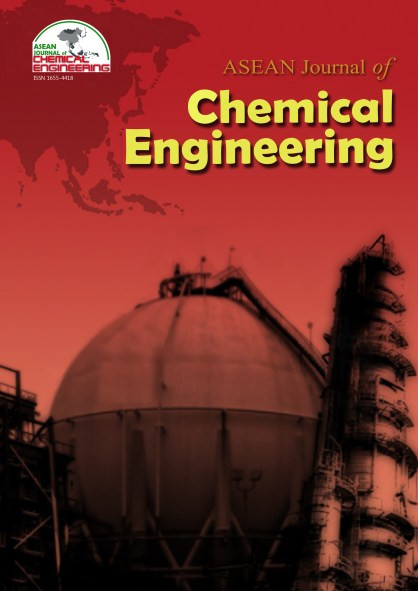Study of Suspended Impurities Origin and Composition in the Treatment Process of Johkasou System
Abstract
Johkasou system is widely used in Japan for household wastewater treatment and have played important roles in maintaining the water environment. However, out of the total units used in Gifu Prefecture, about 10% cannot meet the quality requirement for the effluent transparency above 30 degrees. Previous studies have shown clearly that the reason is mainly attributed to suspended impurities that remain in the water after treatment, with more than 96% being consisted of fine particles with sizes of 0.5-1.0 μm. A detailed investigation for identifying the origin and composition of the fine particles is necessary in order to find the approaches to improve the treatment function of the related Johkasou units. The analysis by Flow Cytometry suggested that the organic fine particles could be grouped into bacterial fraction, existed in all tanks of the Johkasou, and non-bacterial fraction that was confirmed mainly existed in anaerobic tanks, thus suggesting the lower transparency of Johkasou's effluent was greatly contributed by the bacterial fraction. PCR-DGGE further identified that some of the bacteria contained in the effluent were originated from the anaerobic tank.
References
2. Gaulke, L. S. (2006).Johkasou: on-site wastewater treatment and reuses in Japan, Proceedingsof the Institute of Civil Engineers -Water Mangagement: in press.
3. Hammes, F. et al. (2008). Flow-cytometric total bacterial cell counts as a descriptive microbiological parameter fordrinking water treatment processes, Water Res.,42, 269-277.
4. McGarvey, J. A. et al. (2004). Identification of bacterial populations in dairy wastewaters by use of 16S rRNA gene sequences and other genetic markers, Appl. Environ. Microbiol.,70(7),4267-4275.
5. Muyzer,G., E. C. de Waal, and A.Uitterlinden (1993).Profiling of complexmicrobial population by DGGE analysis of polymerasechain reaction-amplified genes coding for 16S rRNA,Appl.Environ. Microbiol.,62,2676–2680.
6. Oren, A. (2014). The Prokaryotes: Alphaproteobacteria and Betaproteobacteria, Springer, Berlin, Heidelberg. 975-998.
7. Panday, D. and S. K. Das (2010). Chelatococcus sambhunathii sp. nov., a moderately thermophilic alphaproteobacterium isolated from hot spring sediment, Int. J. of Syst. Evol. Micr.,60,861-865.
8. Setiyawan, A. S., T. Yamada, J. A. Fajri, and F. Li (2014). Seasonal characteristics of fecal indicators in water environment receiving effluents of decentralized wastewater treatment facilities, Journal of Jpn. Soc. Civ. Eng., 70(7), III_331-III_340.
Copyright holder for articles is ASEAN Journal of Chemical Engineering. Articles published in ASEAN J. Chem. Eng. are distributed under a Creative Commons Attribution-NonCommercial 4.0 International (CC BY-NC 4.0) license.
Authors agree to transfer all copyright rights in and to the above work to the ASEAN Journal of Chemical Engineering Editorial Board so that the Editorial Board shall have the right to publish the work for non-profit use in any media or form. In return, authors retain: (1) all proprietary rights other than copyright; (2) re-use of all or part of the above paper in their other work; (3) right to reproduce or authorize others to reproduce the above paper for authors’ personal use or for company use if the source and the journal copyright notice is indicated, and if the reproduction is not made for the purpose of sale.



